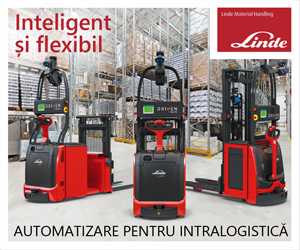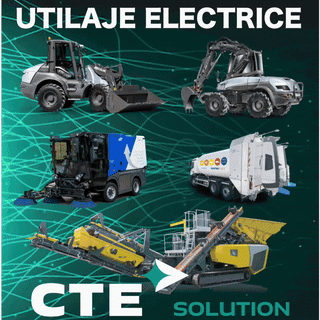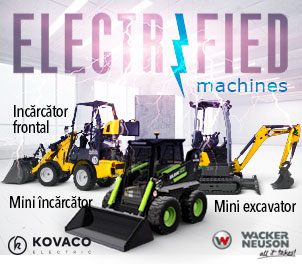The future of the compact construction equipment market
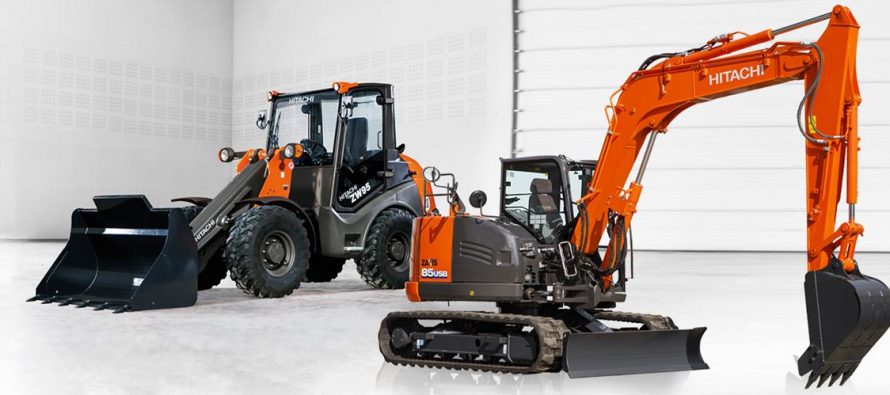
Related Articles
The European compact wheel loader market has doubled in size in recent years from 10,000 units in 2012 to 20,000 units in 2019, and the mini excavator market has risen from 40,000 units in 2013 to almost 80,000 units in 2019 (annual shipment figures according to the Committee for European Construction Equipment).
Although demand for compact equipment from urban projects is expected to continue, a constant rise in machine production is simply not sustainable from an environmental perspective. Unlike their larger cousins, these small models are sometimes only operated for a few hours per day. They are easy to operate and can be transported from one job site to another on a trailer (2.6-tonne models and smaller). This makes them ideal for the rental industry and perfectly suited to the sharing economy.
There are many challenges for manufacturers to meet the demand for zero-emission battery-powered equipment, however. These include technical issues concerning practical applications, such as the high cost of batteries, long charging times and short operation capacities.
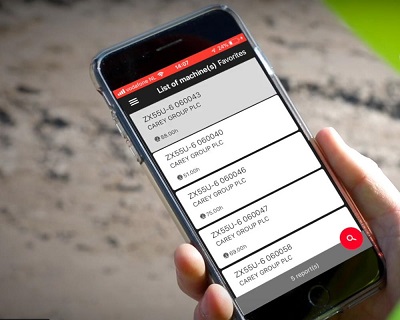 Compact construction equipment could be available via this kind of business model sooner than expected, and customers are already moving towards the mindset of borrowing and sharing. In recognition of this, manufacturers – such as Hitachi Construction Machinery (Europe) NV (HCME) – are preparing for the future, and considering how to develop such a platform via an app or website for customers.
Compact construction equipment could be available via this kind of business model sooner than expected, and customers are already moving towards the mindset of borrowing and sharing. In recognition of this, manufacturers – such as Hitachi Construction Machinery (Europe) NV (HCME) – are preparing for the future, and considering how to develop such a platform via an app or website for customers.
In addition to figuring out how customers would get access to shared fleets of equipment, manufacturers also have concerns over how to ensure it is operated safely and professionally by all those who use it – despite varying levels of experience and ability.
In this respect, safety features on Zaxis-6 mini excavators, and superior all-round visibility on Hitachi ZW-6 compact wheel loaders, for example, will be hugely important. So too will user-friendly controls, such as hydraulic pilot control levers, the large LCD monitor and folding travel pedal, which will make it easier for first-time users of these models.
Remote monitoring solutions will also play an increasing role, making it easier for owners to locate individual machines and check operational data, such as working hours. Hitachi mini excavators are connected to its remote monitoring system, Global e-Service, via a market-leading software platform developed by ABAX. The data can also be accessed via a smartphone using the ConSite Pocket app.
Until compact equipment is as readily available as an Uber, however, HCME has made it easier for contractors to access information about machines online with its mini excavator configurator. This enables users to find the right machine, with the correct specification instantly online.


